Miracle Workers: rescuing data from the jaws of disaster
Even if you've dropped your laptop or your server has been set on fire, all hope is not lost. Data recovery companies such as Kroll Ontrack could still rescue your valuable files. Jim Martin dons a white lab coat and goes behind the scenes at a data recovery lab.
There are various options depending on the nature of the problem. For example, it might be possible to recover the data instantly via the internet in as little as an hour if it's a simple case of accidental file deletion or corruption and all your hardware is intact and working fine. However, if the hardware is faulty - either a failed disk or other component, such as a RAID controller - you'll almost certainly have to send the equipment to Ontrack's lab. For the most complex or sensitive situations, engineers can visit your premises to repair the problem and recover the data on-site.
There are also various service levels, which determine how quickly your data is recovered and returned to you. For mission-critical business data, Ontrack's engineers will work around the clock, but where budget is more of a concern, rather than time, there are cheaper options.
Recovery position
When your hard disk(s) arrive at Ontrack's lab, they're bagged and tagged to allow them to be tracked through the entire recovery process. They then head to the pre-diagnosis area and are checked to find out if they're physically working. If there are any unusual rattles or the bearings are seized, they head into the clean room. However, for those that will power up and spin, they are connected to one of the imaging PCs.
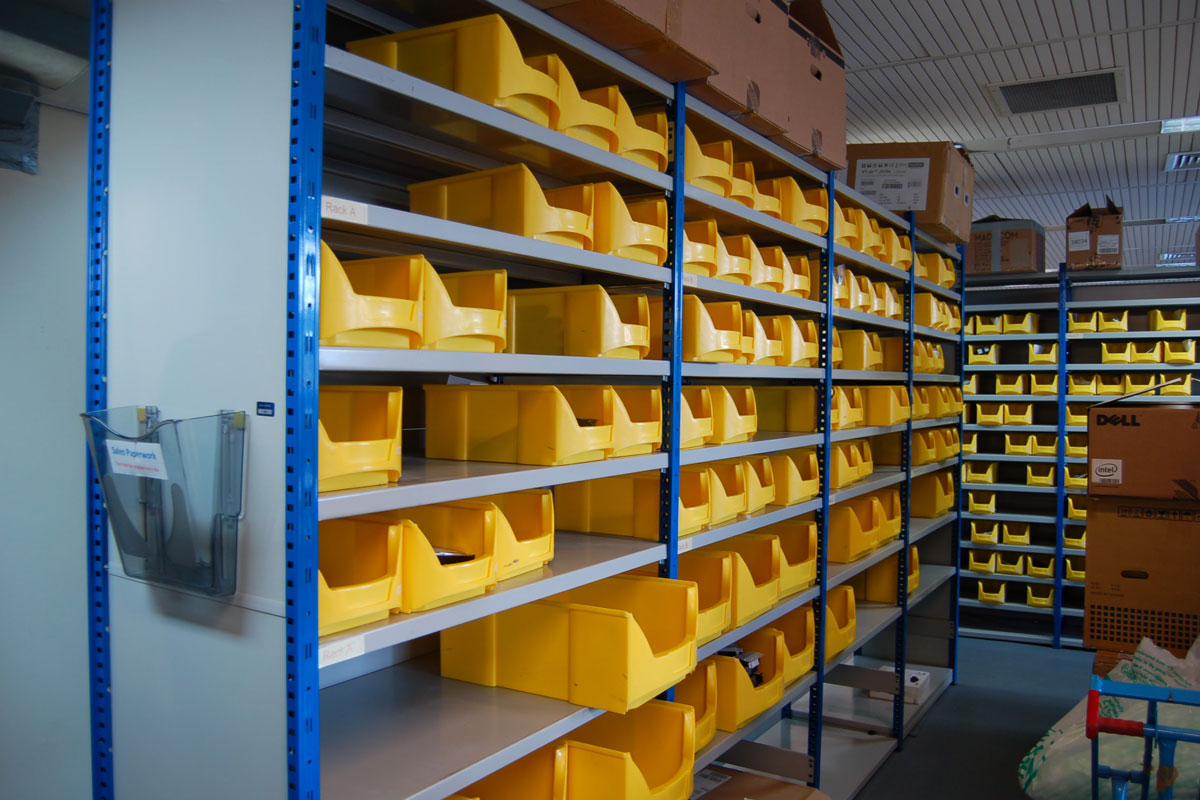
Bagging and tagging incoming hard disks so they can be tracked throughout the data recovery process
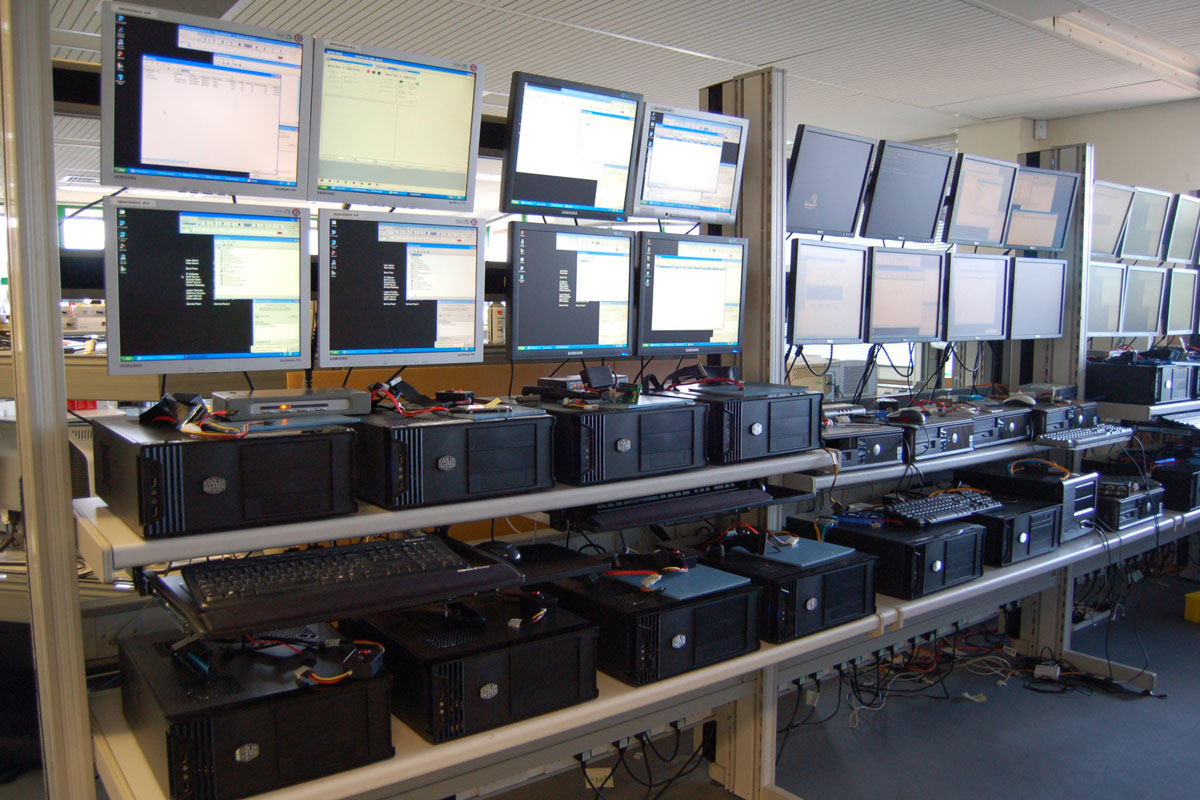
Kroll Ontrack's imaging computers
The disk's contents are then copied with Ontrack's proprietary software. The software can automatically skip over bad areas - portions of the disk that may be damaged or corrupted. It then scans in reverse', backing up as far as it can until it reaches the end of the bad area in order to recover as much of the data as possible. Once the disk has been imaged, the data is stored on Ontrack's severs, which are currently fitted with 140TB of storage. The disk itself is now finished with, but the image must be worked on by the experts in the logical recovery area. This is split into various sub-areas for different file systems including Windows, Mac, Unix, plus other areas for RAID and virtualised systems.
Get the ITPro daily newsletter
Sign up today and you will receive a free copy of our Future Focus 2025 report - the leading guidance on AI, cybersecurity and other IT challenges as per 700+ senior executives
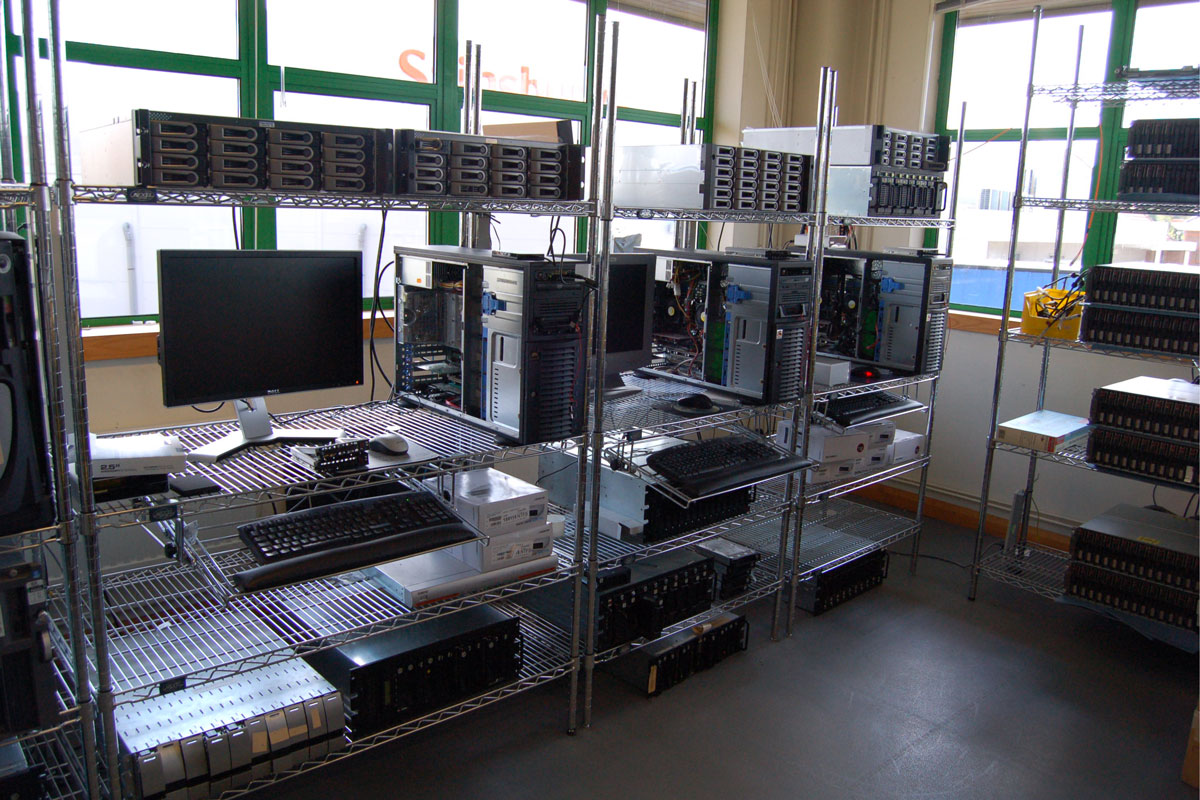
Working on servers and RAID arrays
As well as disks, data can be recovered from tape backups usually for for migration to a different format. Accidental initialisation can also be overcome and backup data recovered.
-
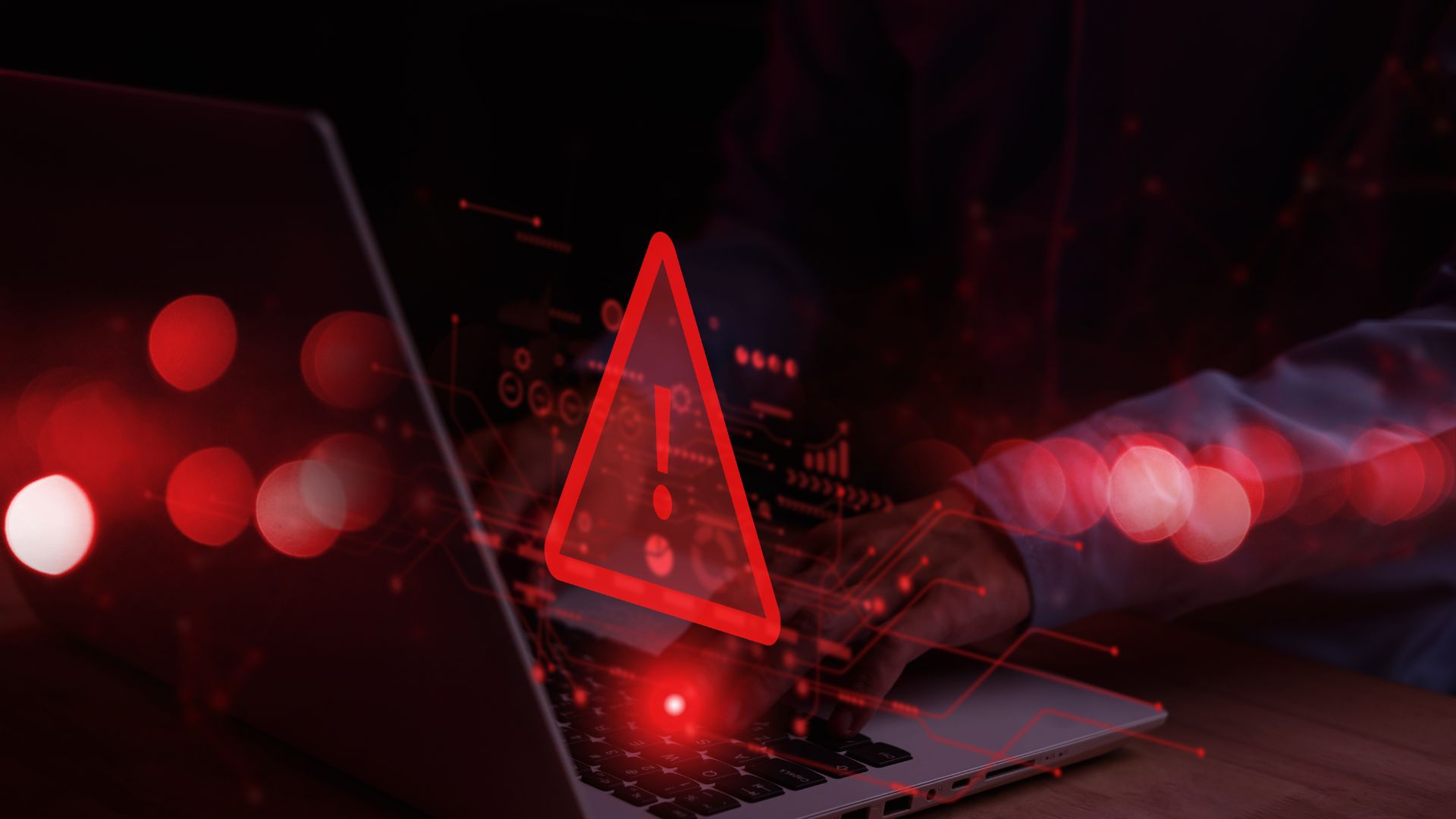 Criminals target APIs as web attacks skyrocket globally
Criminals target APIs as web attacks skyrocket globallyNews More than a third of web attacks target APIs as AI expands attack surfaces and brings new security challenges
By Emma Woollacott
-
 What to look out for at RSAC Conference 2025
What to look out for at RSAC Conference 2025Analysis Convincing attendees that AI can revolutionize security will be the first point of order at next week’s RSA Conference – but traditional threats will be a constant undercurrent
By Rory Bathgate
-
 Sustainability is more than a flash-in-the-pan topic for the data storage industry
Sustainability is more than a flash-in-the-pan topic for the data storage industryAnalysis Rising energy costs and concerns over the environmental impact of data centers are prompting a shift away from power-hungry disk drives
By Ross Kelly
-
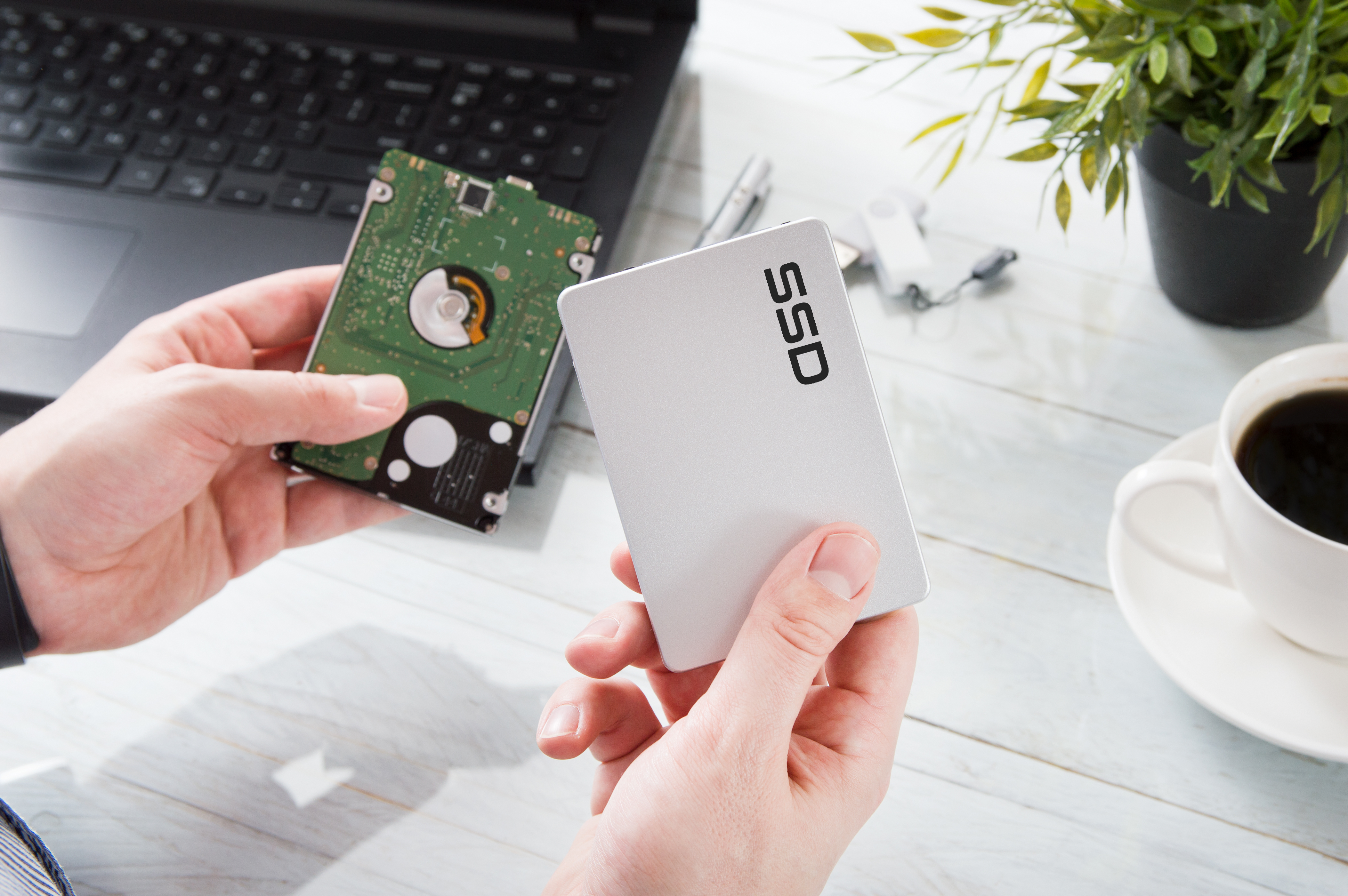 HDD vs SSD: Which storage solution is best for you?
HDD vs SSD: Which storage solution is best for you?Vs You can have your storage cheap and slow or fast and pricey
By Rene Millman
-
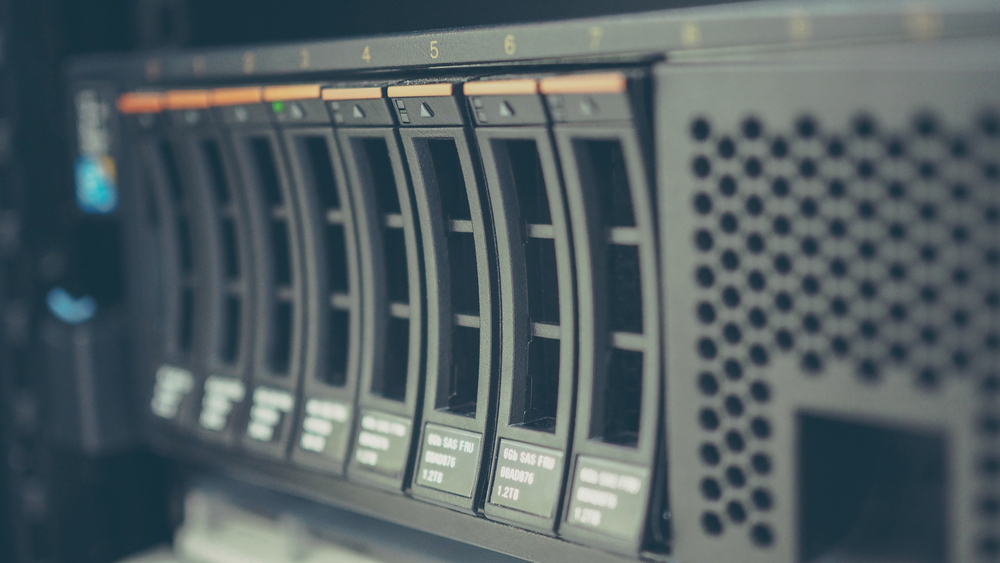 RAID levels explained
RAID levels explainedIn-depth We break down the difference between the various RAID configurations
By Rene Millman
-
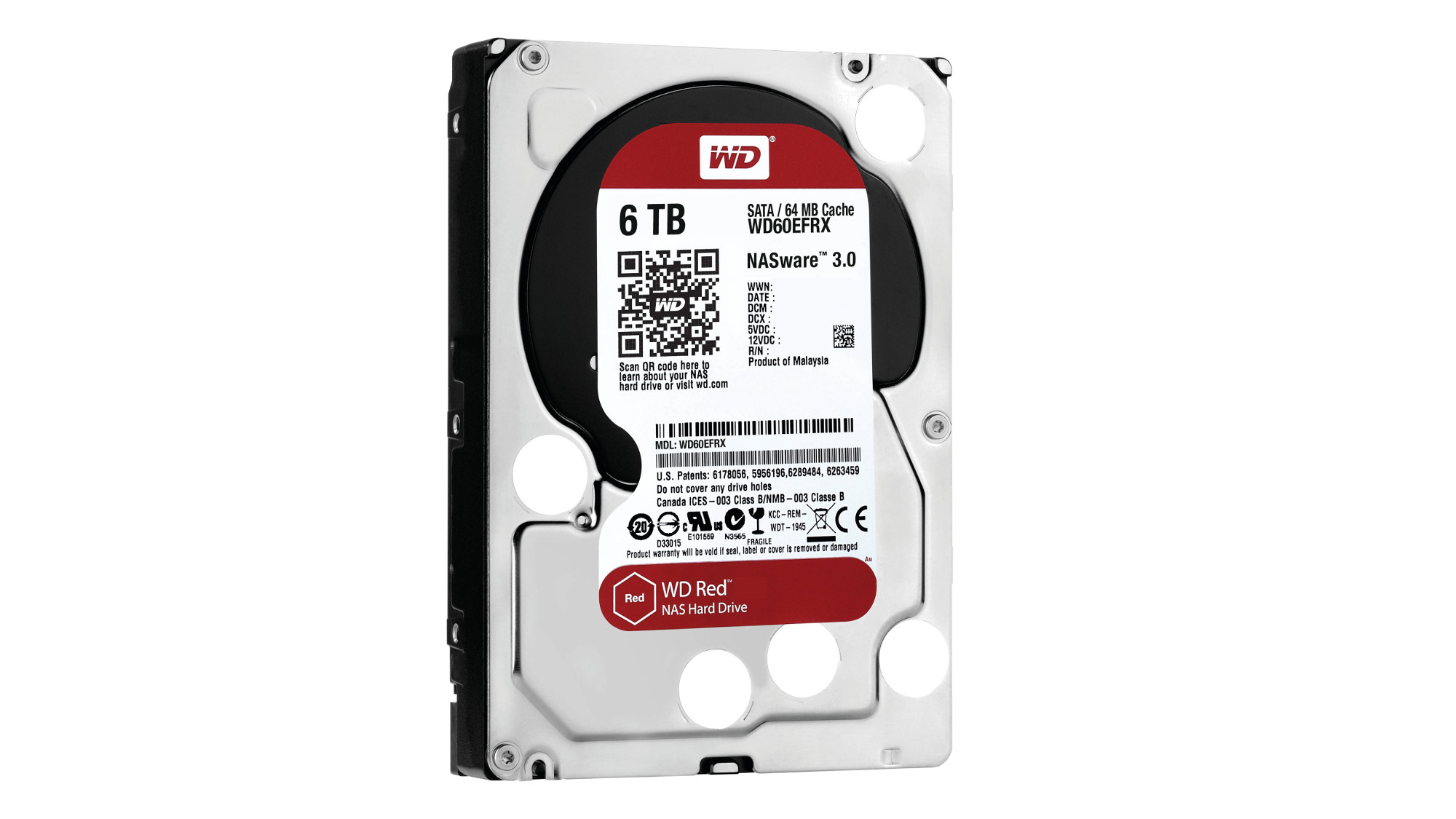 WD Red 6TB review
WD Red 6TB reviewReviews A high quality HDD that makes for fast NAS drives, but the price could be more competitive
By David Ludlow
-
 Toshiba N300 High-Reliability Hard Drive review
Toshiba N300 High-Reliability Hard Drive reviewReviews A powerful and well-priced hard disk designed for NAS devices, but smaller capacities would be good to see
By David Ludlow
-
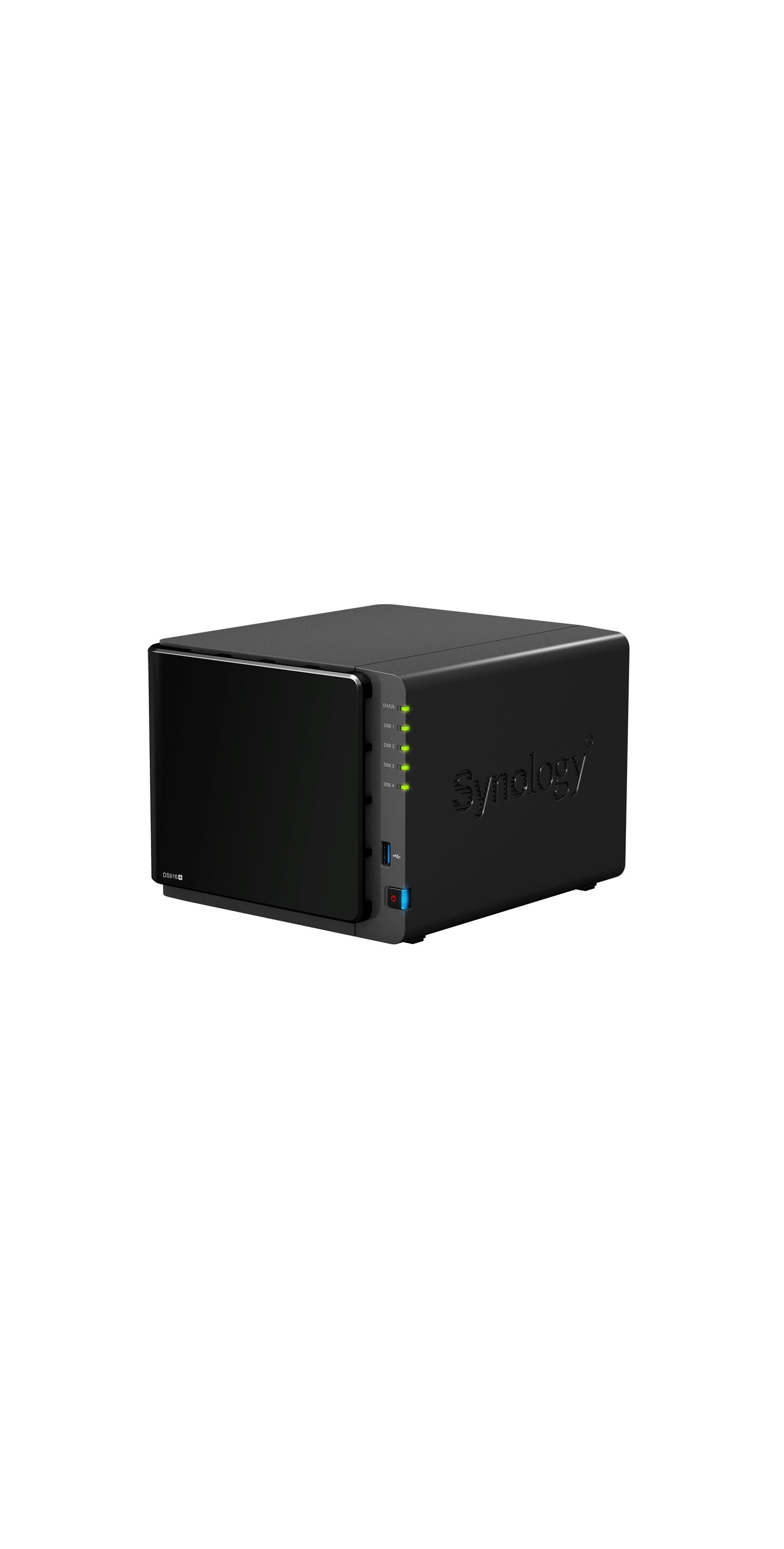
 Synology DiskStation DS916+ review
Synology DiskStation DS916+ reviewReviews Synology puts some serious NAS power on your desktop
By Dave Mitchell
-
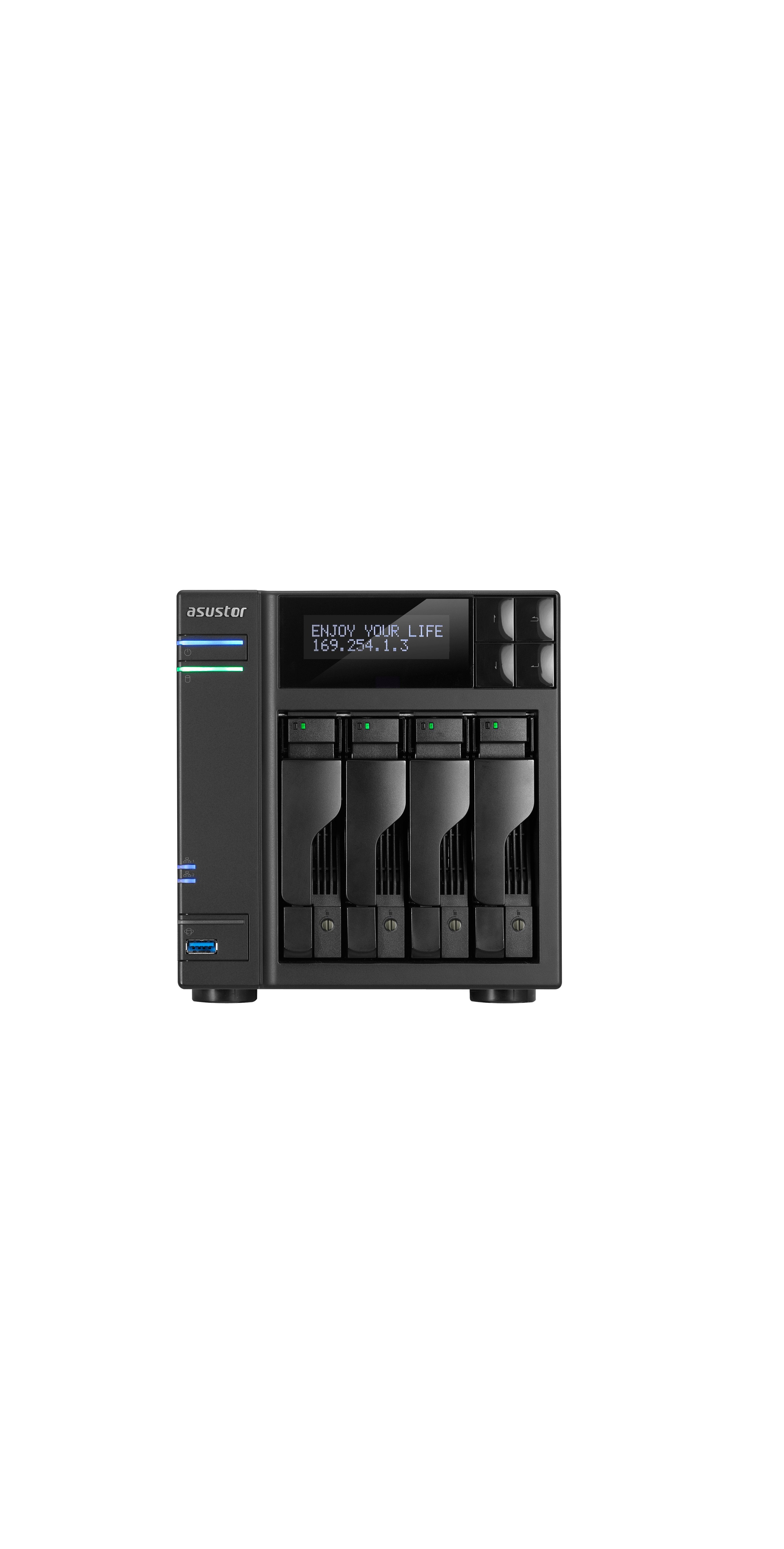 Asustor AS6204T review
Asustor AS6204T reviewReviews Asustor launches a cheap Braswell-powered NAS appliance
By Dave Mitchell
-
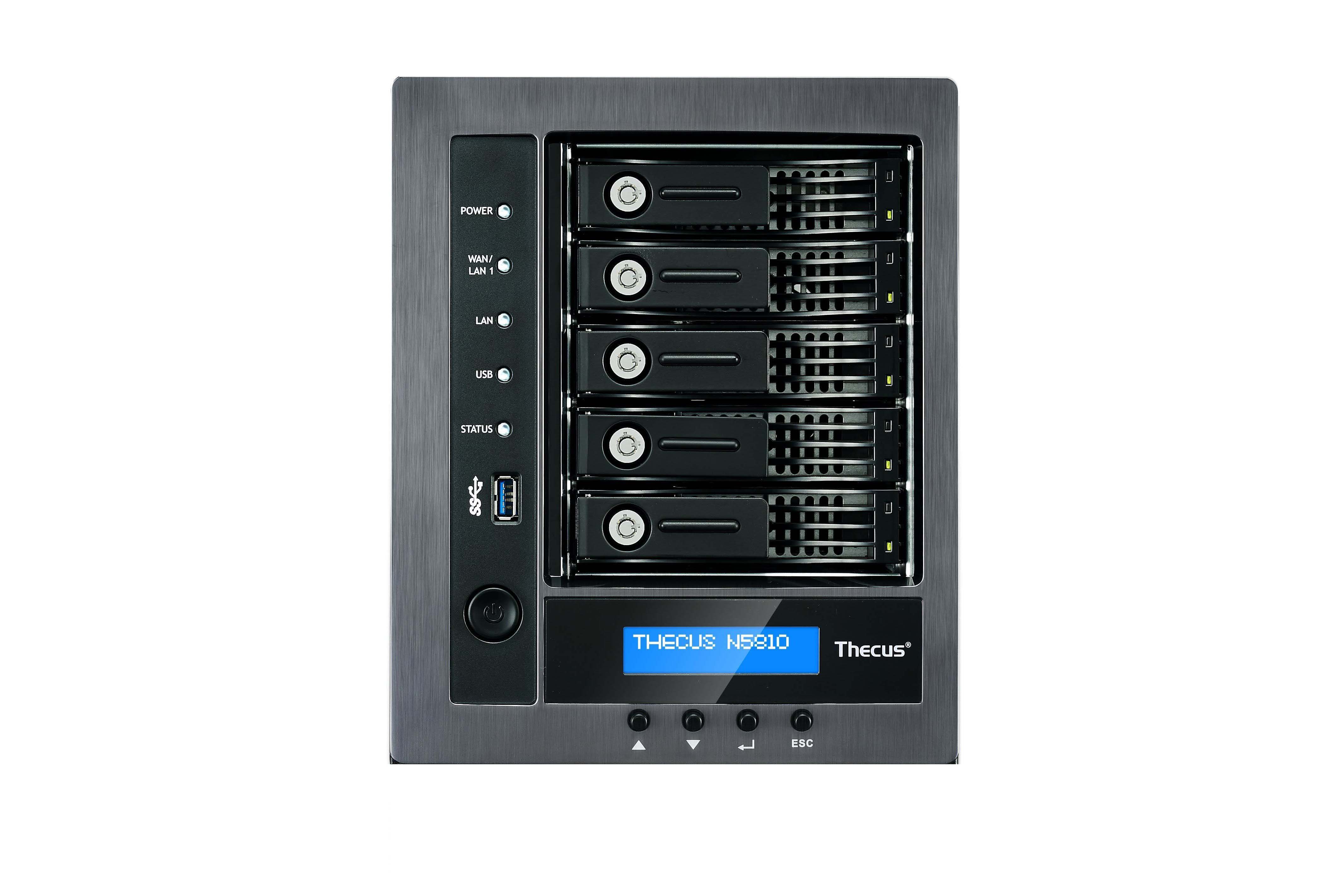 Thecus N5810 review
Thecus N5810 reviewReviews This affordable small business NAS has some growing pains
By Dave Mitchell